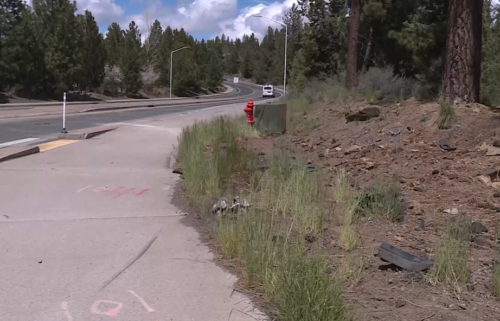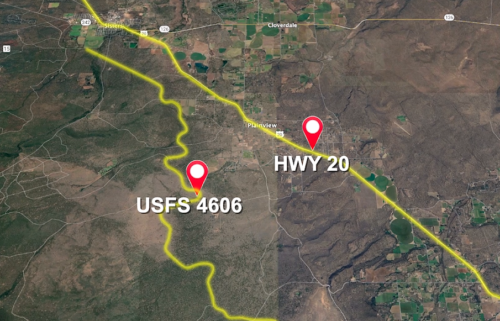OSU surveying coastal visitors about Marine Reserves, ocean acidification

NEWPORT, Ore. (KTVZ) – Oregon State University researchers are now visiting nearly two-dozen coastal sites to find out what visitors know about Oregon’s Marine Reserves and whether their visits will help foster change in habits to curb climate change.
Two groups of two interviewers will begin asking random visitors questions focused on education outreach about ocean acidification and whether visiting the ocean can trigger personal changes to reduce global warming’s impacts such as ocean acidification.
Participants also will be asked about their knowledge of Oregon’s five marine reserves.
The interviews will take place at 23 parks, visitor centers or other beach access points through late August. Many of the sites are at or near marine reserves.
It’s a so-called “intercept survey” that will take about four or five minutes in a low-pressure environment.
“We go out of our way to avoid intrusion with people’s recreational experiences,” said Tommy Swearingen, the Human Dimensions program leader for the Oregon Marine Reserves Program who is helping in the study.
The study is targeting at least 1,600 respondents, but Swearingen expects upwards of 2,500 or more participants.
Ocean Acidification, sometimes referred to as OA, is the byproduct of increased carbon dioxide dissolved in sea water over the past two centuries. It triggers chemical reactions that make sea water more acidic, impacting the entire ocean food web from fish and shellfish.
“Climate change is happening in everybody’s backyard and it’s happening globally,” says Dr. Megan Jones, the OSU conservation social scientist overseeing the study by master’s degree student Jennifer Waldo. “You don’t see OA with your naked eye, but it’s effecting local marine life and industries. Maybe this will make something abstract feel more relevant to people.”
By adding this relevancy, researchers hope to gauge whether this spurs interviewees to make lifestyle changes that reduce their carbon footprint.
The results will be matched with online surveys of about 1,400 Oregonians concluded this past spring.
Results are expected later this year.
Enacted by the Oregon Legislature in 2009, the Marine Reserves Program includes five actual marine reserves and nine protected areas that together cover nine percent of Oregon’s near-shore ocean waters. The reserves, where no plants or animals can be removed and where development is banned, are underwater listening stations tracking ocean changes including fish, invertebrate and algal communities.
It is the first long-term nearshore ocean conservation and monitoring program run by the state of Oregon and includes cutting-edge research on the economic, social and cultural dynamics of the Oregon coast and coastal communities. The program is funded through state general fund dollars and not sport or commercial fishing fees.



